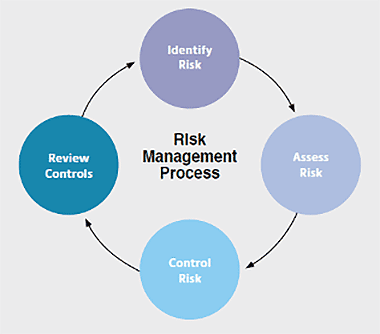The Bridgestone Group supports the Task Force on Climate-related Financial Disclosure (TCFD) and has been participating in the Taskforce on Nature-related Financial Disclosures (TNFD) Forum since March 2022.
As the world becomes increasingly concerned about climate change and the loss of natural capital, there is a growing movement towards a decarbonized society, as exemplified by the Paris Agreement. Additionally, efforts to achieve a nature-positive world, as outlined in the Kunming-Montreal Global Biodiversity Framework, have gained momentum.
In this context, the Group is working to comprehensively assess and manage its dependencies, impacts, risks, and opportunities related to climate and natural capital. The Group is incorporating them into our business strategies and advancing information disclosure.
Based on the recognition of these risks and opportunities, the Group is working to establish its unique Sustainability Business Model that links its business with efforts to realize carbon neutrality and a circular economy across the value chain. Furthermore, the Group aims to evolve its Sustainability Business Model and transform it to a regenerative one to help realize a nature-positive world where we can help stop and reverse the loss of natural ecosystems.
Specifically, the Group is working on mitigating transition risks by implementing measures such as reducing greenhouse gas emissions across the entire value chain, while at the same time working to addressing physical risks through adaptive measures, such as diversifying natural rubber supply sources through efforts towards the commercialization of natural rubber derived from Guayule.
| Physical risks |
Transition risks |
- Risks include stronger typhoons and increased frequency of flooding and drought, which pose the risk of interrupting business activities.
- Risks related to the procurement of raw materials as a result of changing rainfall patterns leading to poor harvesting of natural rubber.
- Risk of lowering demand for winter tires due to reduced snowfalls
|
- Risk of adverse effects on the Group’s operating results and financial position, such as limitations on business activities and increased costs, if R&D expenses required to meet the rapidly changing needs of society and customers do not produce sufficient results when systems and regulations to combat climate change and natural capital loss are introduced (for example, carbon taxes, CO2 emission reduction obligations and emissions trading systems, systems and regulations related to low-fuel consumption performance of tires, systems and regulations related to recycling used tires, water withdrawal, and sustainable natural rubber, etc.).
|
The table above outlines the climate change and nature-related physical and transition risks associated with the Group’s business and operations. Physical risks include stronger typhoons and increased frequency of flooding and droughts, which could interrupt business activities. Risks related to the procurement of raw materials include changing rainfall patterns, which could lead to poor harvesting of natural rubber. Furthermore, reduced snowfall poses the risk of lowering demand for winter tires. On the transition risk side, climate change has prompted - and could accelerate - the introduction of systems and regulations that impact the Group’s financial position, including obligations to reduce CO2 emissions, carbon taxes and emissions trading schemes, fuel-efficient tires in Japan and the world, and sustainable natural rubber.
For the details of the disclosure information recommended by TCFD and TNFD, see “TCFD and TNFD Index.”

